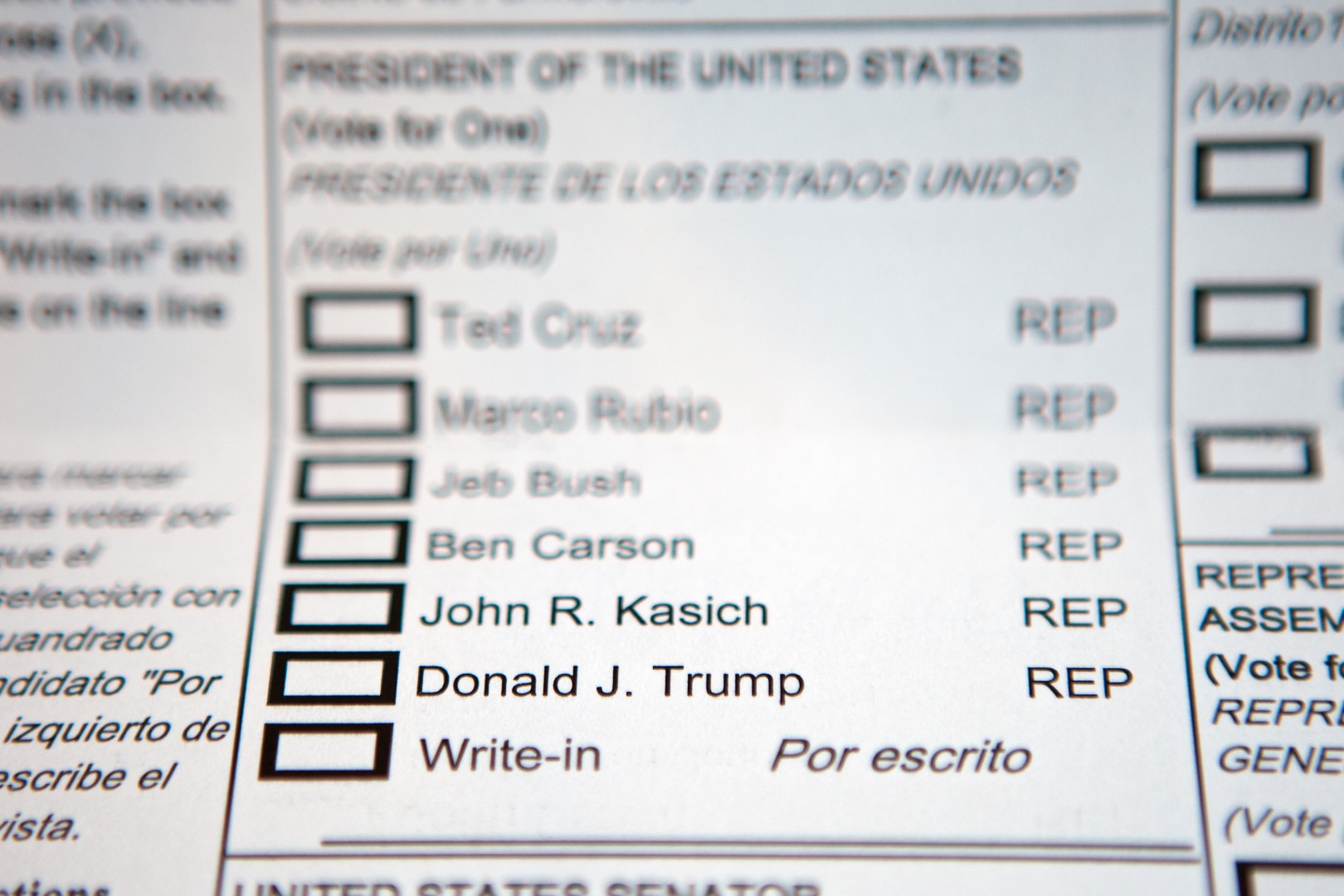
A proposal for a “Top-Two Open Primary” has a long way to go to pass muster with voters.
A new survey from St. Pete Polls shows more would nix the measure, about 48 percent, than vote yes, around 38 percent. More than 14 percent remain undecided.
But with a requirement of 60 percent of voters supporting an amendment in order for it to be enshrined in the Florida constitution, that means supporters must not only win over undecided voters but convince many in opposition to change their minds.
Pollsters specifically asked: “Would you support the proposed Top-Two Open Primaries state Constitutional Amendment that would allow all voters of any party registration to vote in open primaries, and have primary elections changed to be all candidates from all parties together on the ballot, and then move only the top two candidates on to the general election, even if they are from the same party?”
That’s a system similar to what’s in use in California and Louisiana.
The strongest support for such a change comes from Democrats, a party out of power for the part in Florida. Almost 45 percent of Democrats favor a Top-Two primary, while just over 40 are opposed.
Among independents, who usually get closed out of primary elections under current Florida law, around 44 percent support the switch but 41 percent would vote no.
Republicans expressed firm opposition to a change. Only about 28 percent would vote yes, while almost 59 percent expressed opposition.
Nevertheless, advocates of a Top Two primary continue to push forward. State Sen. Kevin Rader this month filed legislation to put an amendment before voters.
The organization All Voters Vote also has a petition gathering effort underway to put the measure on the statewide ballot via citizen effort.
But the Republican Party of Florida has vowed to fight any such a change, and Attorney Ashley Moody has also voiced her opposition.




2 comments
Chris Powell
October 11, 2019 at 3:22 pm
Louisiana’s system has a key difference from that of California and what is being proposed Florida in that Louisiana holds their election and then if no candidate gets a majority it goes to a runoff afterward. Louisiana also holds their state government elections in October of odd-numbered years and their federal elections on the first Tuesday after the first Monday in November of eve.-numbered years. Thus, what outsiders are calling a ‘primary’ is seen by Bayou State voters more like the general election.
Top two states like California hold a primary in the summer that is seen as a primary and thus has much lower voter participation. It is also the case that the two candidates receiving the most votes advance to the general election even if one does get a majority. Louisiana rarely has two candidates of the same party in statewide runoff elections whereas it is very common in California general elections, a factor that has helped turn California into essentially a one-party state.
Walter Ziobro
October 12, 2019 at 1:28 pm
Maine has a better idea with ranked choice voting. If no candidate gets a majority, then the second place votes are factored in. It’s like a run off, but without an additional election.
Comments are closed.